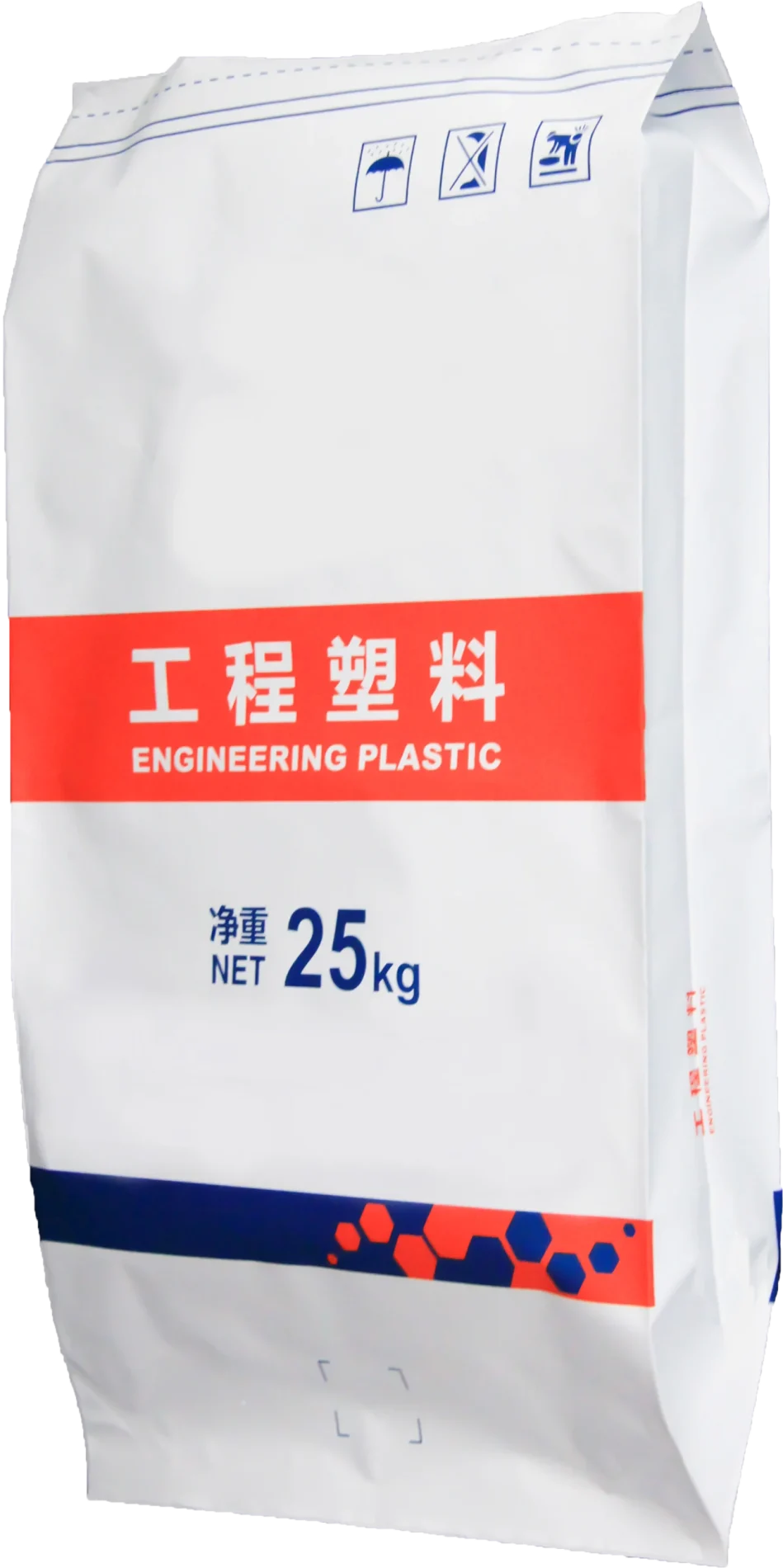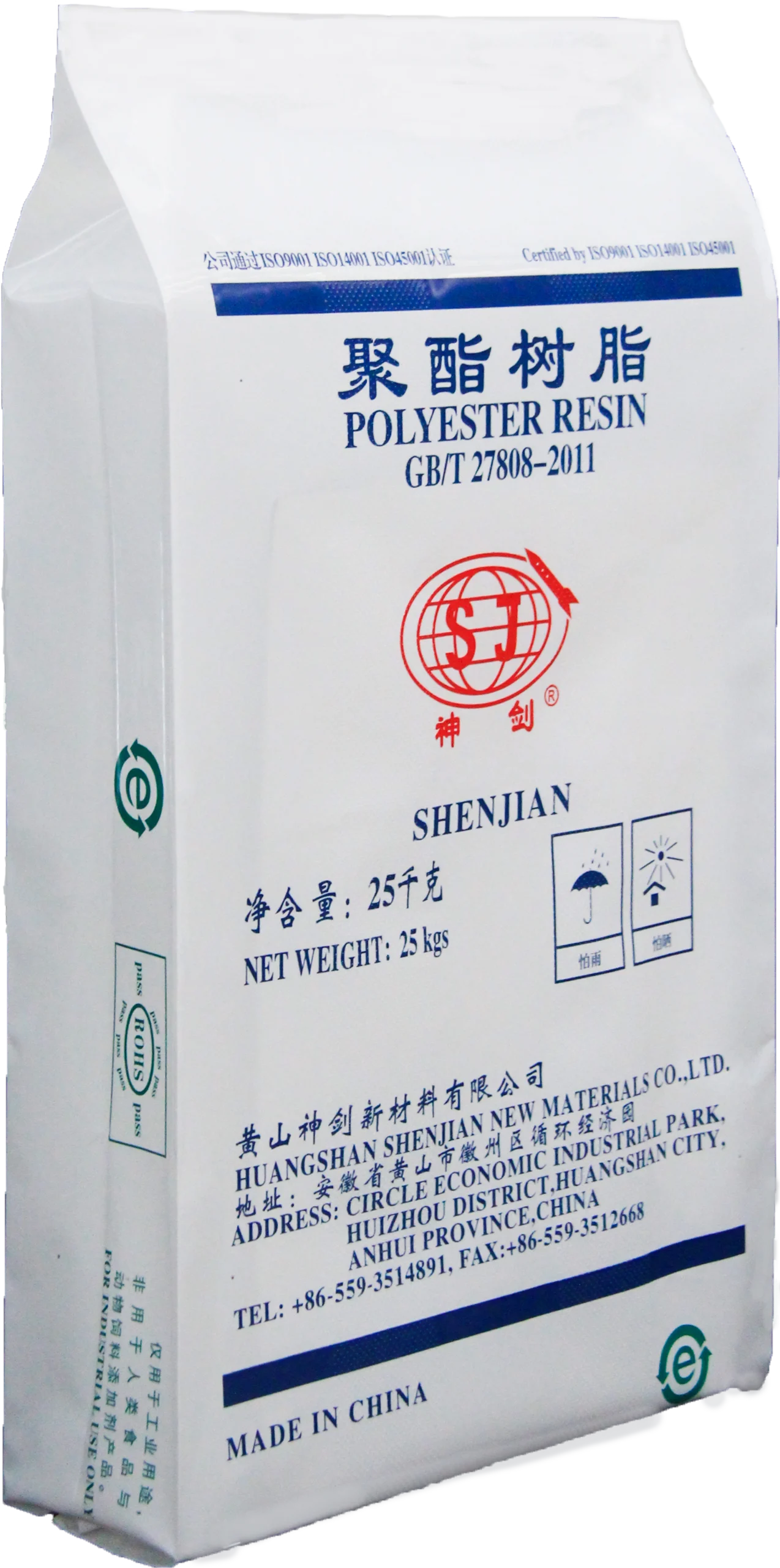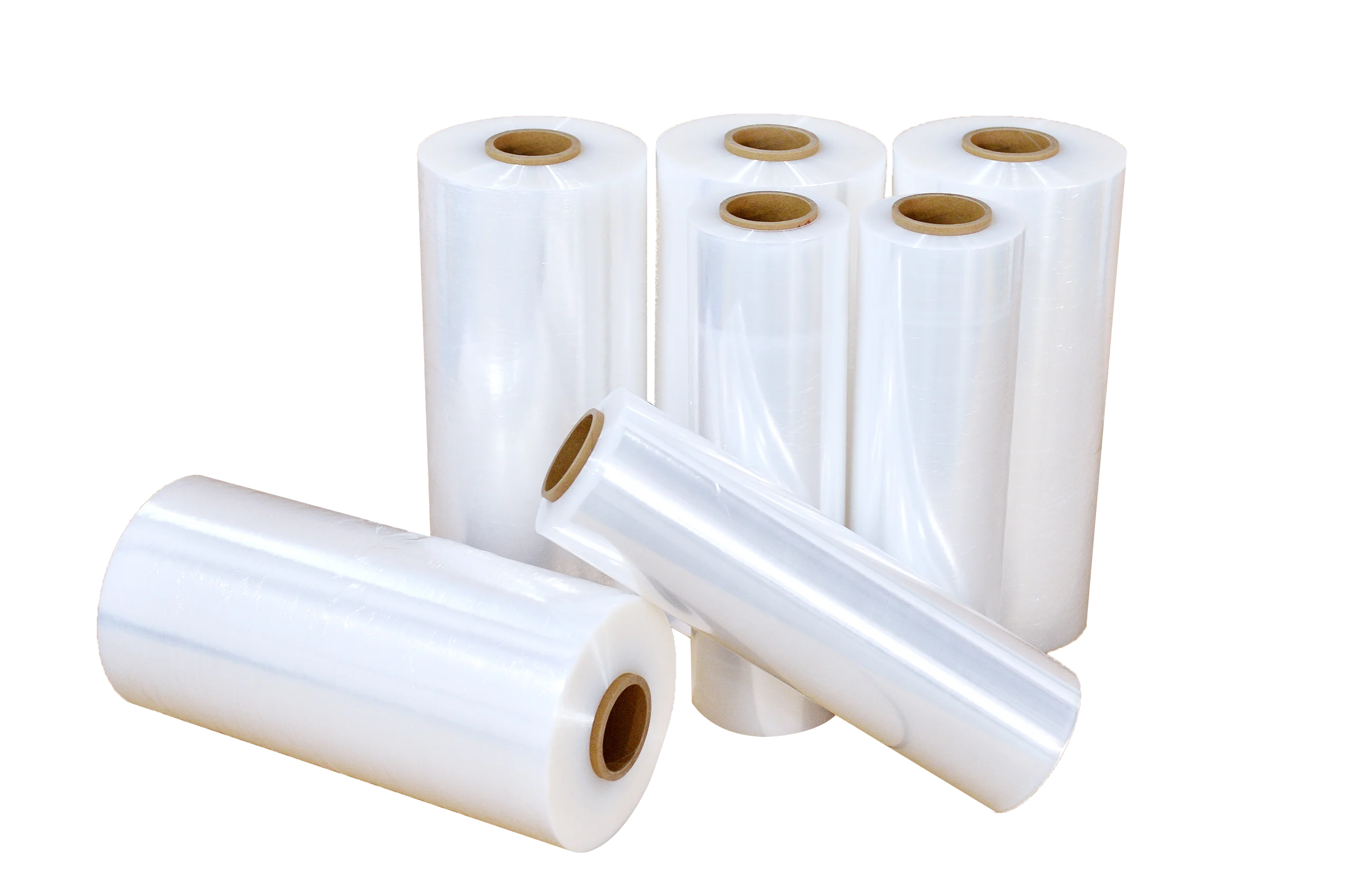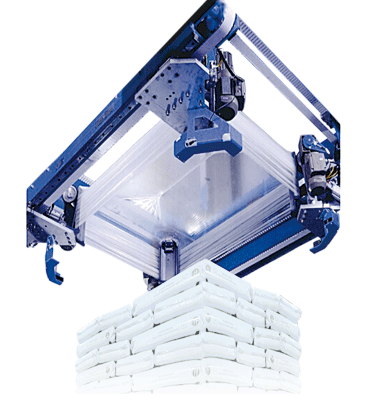
2024-07-08
Table of Contents
ToggleStretch film, sometimes referred to as stretch wrap, is made of linear low-density polyethylene (LLDPE) and has remarkable tensile strength and elasticity. Stretch film is a very elastic plastic film that is frequently used to wrap goods to protect pallets during storage and transit. Stretch film’s primary function is to stabilize products and containers during transportation by preventing them from shifting and protecting them from contaminants like moisture and dust.
Regardless of the specific wrapping needs, stretch wrap film must be stored properly to preserve its quality and functionality and guarantee a trouble-free work cycle. The following are some essential rules for storing stretch wrap:
After purchasing, stretch wrap usually retains its quality and efficacy for at least a year. Its shelf life may vary, nevertheless, based on the manufacturer’s instructions, storage conditions, and other factors. Temperature variations in particular can degrade the film and speed up its degradation. By storing your film properly in a dry, temperature-controlled location, you may reduce the likelihood of problems and prolong the time that your film is in good condition. The following are some essential rules for storing stretch wrap:
Stretch film must be kept in a low-humidity environment to maintain its quality. Overly wet conditions can be harmful to the film since they can cause it to absorb moisture, which can cause multiple problems. Stretch film loses some of its adhesive strength as it absorbs moisture, which reduces how well it holds your products in place. High humidity can also make the film sticky or tacky, which makes wrapping more difficult and lowers the film’s overall effectiveness.
Overly high humidity and moisture can cause the film to absorb water, which can cause many problems. Humidity environments can reduce the stretch wrap film’s adhesive qualities when used to stretch and tighten pallets. This issue plays a major role in unsteady loads, increased strain on the stretch film, and pallet wrap failure which causes damaged products during transit and storage.
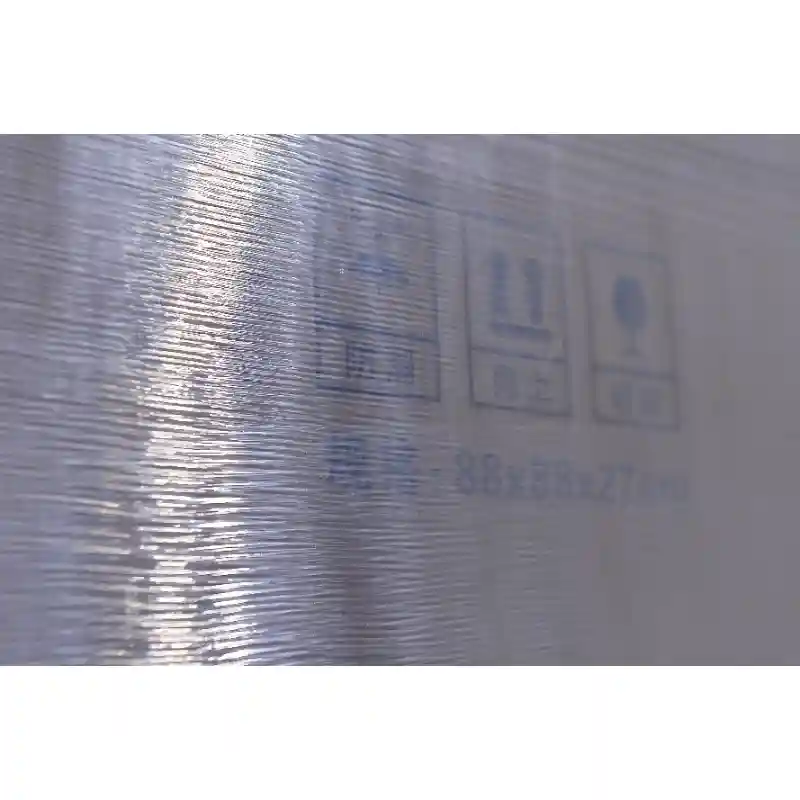
The capacity of your stretch film to stretch might be hampered by dust, grime, and other impurities, which can potentially harm your machinery and your final products. Stretch wrap film cling may be affected if this dirt sticks to the film, making packing less stable and safe. You should keep the warehouse tidy and debris-free to prevent this.
If required, use the protective material with stretch hoods to keep dust and other debris out. Stretch hood offers total waterproof protection, great durability, outstanding puncture resistance, and dust and moisture protection for your belongings. Stretch hoods also cover pallets on five sides while they are being stored and transported.

Stretch wrap should be kept out of direct sunlight and extremely hot or cold. The ideal storage temperature ranges from 59°F to 77°F (15°C to 25°C). Elevated temperatures have the potential to cause your film to shrink, melt, or adhere to nearby items. Furthermore, rolls of film should not be kept next to windows or doors where air can enter and cause them to lose performance. It is paramount to avoid direct sunlight, which will lead to the evaporation of the material of the wrapping film itself.
Every Stretch wrap film uses a plastic or a cardboard core, storage considerations do not matter whatever option is chosen. Composite cardboard cores are largely moisture barriers according to the experiment. As a leading stretch wrap film manufacturer, our nano stretch film chooses composite cardboard to be a material that decreases the humidity effect.

It is essential to align the rolls vertically on a level surface and maintain a stable, un-deformed stretch film surface. This technique prevents damage to stretch film while carefully storing rolls of stretch wrap. Rolls of stretch wrap film can get deformed and lose their capacity to stretch and attach correctly if they are stored incorrectly, such as by stacking them unevenly or lying down horizontally. Finally, but just as importantly, never stack heavy items on top of the rolls. Because the stretch film may be harmed by the weight.

Everything has an expiration date, and stretch film is no different. Though it won’t deteriorate and lose all of its value like food does, it loses quality and effectiveness after expiration. Discoloration is the most obvious indication that stretch wrap is nearing the end of its functional life. When the air ultimately seeps out of the film tube, resulting the stretch film surface discolored.
Stretch wrap usually keeps its effectiveness for a minimum of a year from the date of purchase. But depending on the manufacturer, storage circumstances, and other elements, its shelf life may differ. Temperature variations, for instance, have a detrimental effect on the film’s quality and accelerate its expiration. Stretch wrap should be kept dry and at a consistent temperature to increase its shelf life.
In the packaging sector, stretch wrap film is a vital and dependable tool that gives items stability and protection throughout storage and transit. Through comprehension of its varieties and appropriate preservation techniques, enterprises may guarantee the durability and efficiency of their stretch wrap, streamlining their packaging procedures and protecting their merchandise. These key tips will help you, as a distributor or business owner, make the most of your stretch film and guarantee that your goods arrive at their destination securely and safely.
If you are interested in our stretch wrap film and want to increase the packaging safety for your warehouse. Please visit our website to learn more details about our superior and expert stretch film.
More News

2025-12-20

2025-12-17

2025-12-15

2025-12-04

2025-11-28

2025-11-28

2025-11-21

2025-11-21
